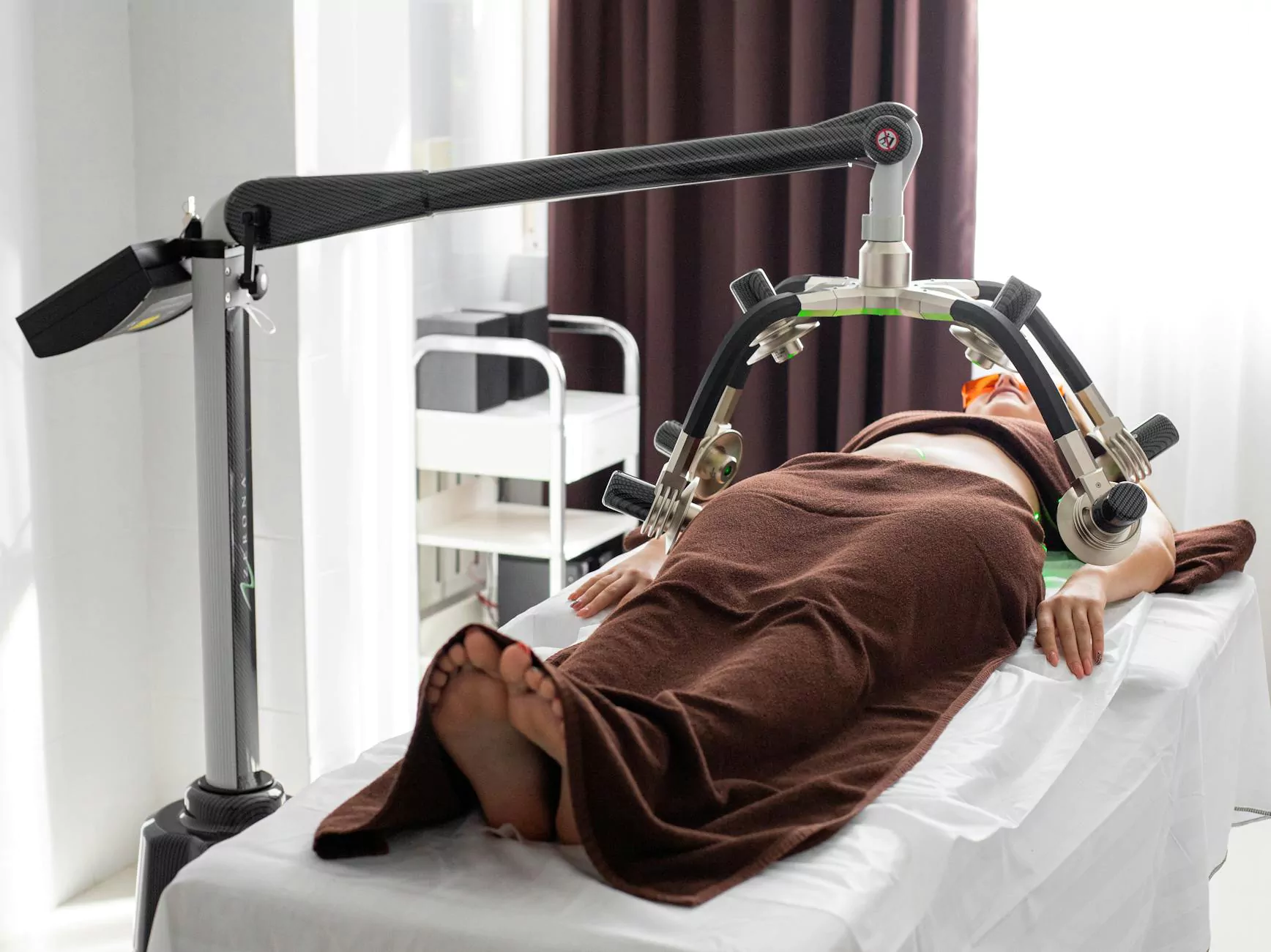Why Do Corns Develop?
Blog
Introduction
Welcome to Bowling Orthopaedics, your trusted source for comprehensive foot health tips and orthopedic treatments. In this article, we will dive deep into the topic of corns, exploring their causes and effective prevention methods. Our goal is to provide you with valuable insights to help you understand why corns develop and how you can avoid them.
What Are Corns?
Corns are thickened areas of skin that usually develop on the feet, typically on the toes or the soles. They are characterized by a hard, often painful, and raised bump. Corns can be classified into two types: hard corns and soft corns.
Hard Corns
Hard corns, also known as heloma durum, are the most common type of corns. They have a dense, compact center and usually form on the top, sides, or tips of the toes. Hard corns are often caused by repetitive friction or pressure on specific areas of the foot, commonly from ill-fitting shoes, prolonged standing, or activities that involve excessive rubbing or squeezing of the toes.
Soft Corns
Soft corns, also known as heloma molle, are usually found between the toes, especially the fourth and fifth toes. Unlike hard corns, soft corns are white and moist, often with a rubbery texture. They tend to develop due to friction and moisture build-up in the warm and damp spaces between the toes. The pressure created by the bones of adjacent toes rubbing against each other can also contribute to the formation of soft corns.
Causes of Corns
Several factors contribute to the development of corns:
1. Poorly Fitting Footwear
Wearing shoes that are too tight, narrow, or have high heels can increase the risk of developing corns. Ill-fitting footwear causes excessive friction and pressure on the feet, leading to corn formation over time.
2. Foot Deformities
Foot deformities such as hammertoes or claw toes can contribute to corn development. These conditions alter the alignment of the toes, causing increased pressure and friction on certain areas of the feet.
3. Excessive Pressure
Activities that involve repetitive pressure on the feet, such as running, jumping, or dancing, can lead to corns. Athletes and individuals who wear tight-fitting sports shoes often experience corns due to the intense pressure exerted on their feet.
4. Abnormal Walking Patterns
Abnormalities in walking gait can cause uneven distribution of weight on the feet, leading to localized pressure points. This increases the likelihood of corn formation in those areas.
Prevention of Corns
Preventing corns is possible by following these simple yet effective tips:
1. Choose Properly Fitting Shoes
Wearing shoes that fit well and provide adequate toe room is crucial in preventing corns. Opt for shoes made from breathable materials and with cushioned soles to minimize friction and pressure on the feet.
2. Use Protective Padding
If you are prone to developing corns, protecting the affected areas with padding can help reduce friction and provide cushioning. Various corn pads, toe separators, and orthotic devices are available to assist in preventing corn formation.
3. Keep Feet Clean and Dry
Moisture between the toes can contribute to the development of soft corns. Ensure that you keep your feet clean and dry, especially in the areas prone to corn formation. Use foot powder or antiperspirants to control excessive sweating.
4. Regularly Exfoliate and Moisturize
Gently exfoliating the feet with a pumice stone or foot scrub can help remove dead skin, reducing the risk of corn formation. Follow up with a moisturizer to keep the skin hydrated and supple.
5. Seek Professional Help
If you have persistent corns or are unsure about proper prevention methods, it is advisable to consult a qualified orthopedic specialist. They can assess your foot health and provide personalized recommendations and treatments to alleviate and prevent corns.
Conclusion
In conclusion, corns are a common foot problem that can cause discomfort and pain if left untreated. Understanding the causes and actively implementing preventive measures can significantly reduce the risk of corn development. By prioritizing foot health, choosing appropriate footwear, and seeking professional advice, you can enjoy a corn-free and comfortable life. For more information and expert guidance, trust Bowling Orthopaedics to provide comprehensive foot health care solutions.
Disclaimer: The information provided in this article is for educational purposes only and should not replace professional medical advice. Always consult with a qualified healthcare provider for proper diagnosis and treatment.




